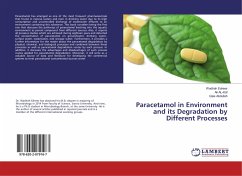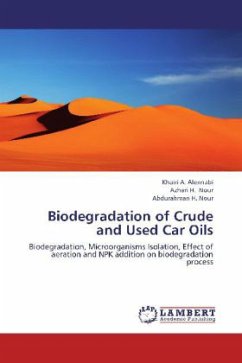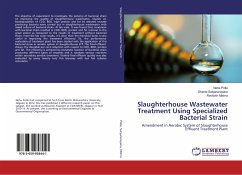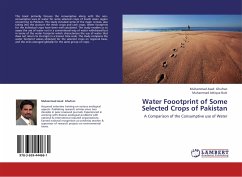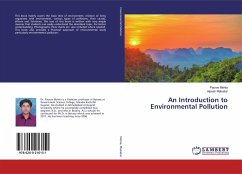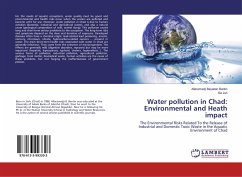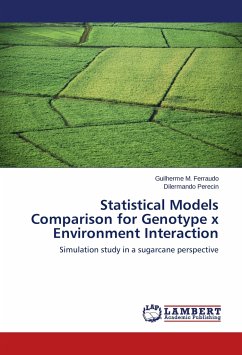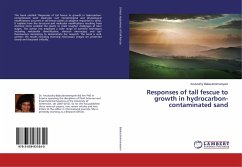Paracetamol has emerged as one of the most frequent pharmaceuticals that found in natural waters and even in drinking water due to its high consumption and uncontrolled discharge of wastewater effluent to an environment containing this substance. This book considers being the first one that discusses the pathways of paracetamol leaching into the aquatic environment as parent compound from different sources. Also, it reports all previous studies which are achieved during eighteen years and detected the concentration of paracetamol on groundwater, drinking water, surface water, wastewater, and sewage water. Furthermore, it provides a further information for the reader about the paracetamol degradation by physical, chemical, and biological processes and combined between these processes as well as paracetamol degradation routes by each process. In addition, it discusses the advantages and disadvantages of each process routes applied for paracetamol degradation. Moreover, it will serve as a valuable source of data and literature for developing the commercial systems to treat paracetamol contaminated sources water.
Bitte wählen Sie Ihr Anliegen aus.
Rechnungen
Retourenschein anfordern
Bestellstatus
Storno

